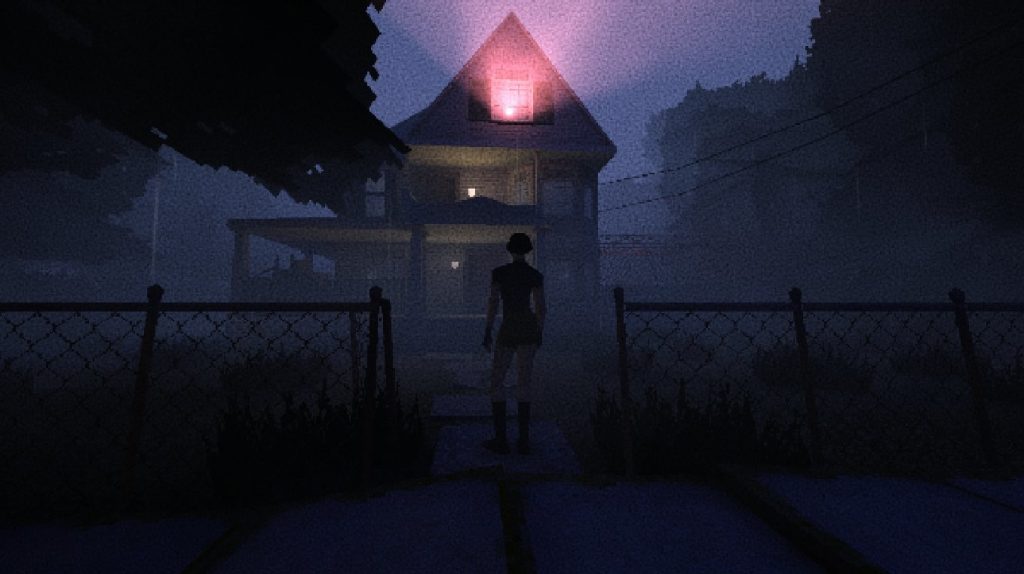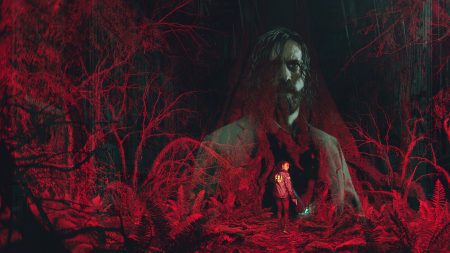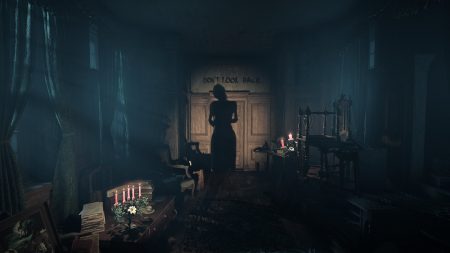Maybe we aren’t all right?
If you are reading this, we’ve lived through an (ongoing) pandemic that upturned and transformed our lives. We weren’t given time to grieve.
We have lost friends, family, children, colleagues, and futures. We haven’t been given time to grieve.
Industries — public, private, and passion projects — have been violently gutted along with national budgets. We won’t be given time to grieve.
I fell into a bit of an existential crisis as I started Vincent Adinolfi and DreadXP’s Heartworm. It was one of my most anticipated indie titles and my most anticipated horror game of 2025. The title initially debuted as the standout demo on itch.io’s Haunted PS1 Demo Disc 2020. In just 15 minutes, Adinolfi captured the eeriness of playing Silent Hill or Fatal Frame for the first time.

Heartworm begins in medias res with protagonist Sam grieving her grandfather and seeking a remedy for her grief. With camera in tow, she seeks a house that her internet chatrooms *promise* will give her access to the dead. Grief drives us all into weird, desperate places; video game protagonists are no different.
Heartworm provides a flawed and all-too-brief space to sit with our fresh scars and pain.
Heartworm didn’t alleviate my existential dread — likely caused by my own failure or inability to grieve everything that I/we have lost in the last six weeks, six months, or six years. But that is kind of the point. Heartworm provides a flawed and all-too-brief space to sit with our fresh scars and pain in a lo-fi, PlayStation One art style.

Dreaming With Ghosts
Heartworm’s world feels like a series of dreams. They serve as PS1 renderings of memories that don’t belong to us, per se. Sure, they will feel familiar to many of us, but in her mini-monologues, Sam makes these spaces personal.
Heartworm paints a past that never quite belonged to our timeline. The title screen reads 1998 — not for a game that’s a remaster or remake, but rather a new indie from 2025. Similarly, Heartworm gives the player two options usually reserved for remasters or remakes: a choice between modern controls and traditional “tank” ones, and a choice between PS1-inspired graphics and a more modern filter. These touches are charming, even if you can’t move and shoot at the same time regardless of your control choice.
The level design tries to meet players somewhere in the middle. While I think it feels more natural to play with tank controls (as someone who cut his teeth on ‘90s and aughts horror), the modern controls provide a more uniform experience. I found myself alternating between both, never quite sure which I preferred or which the developer intended.
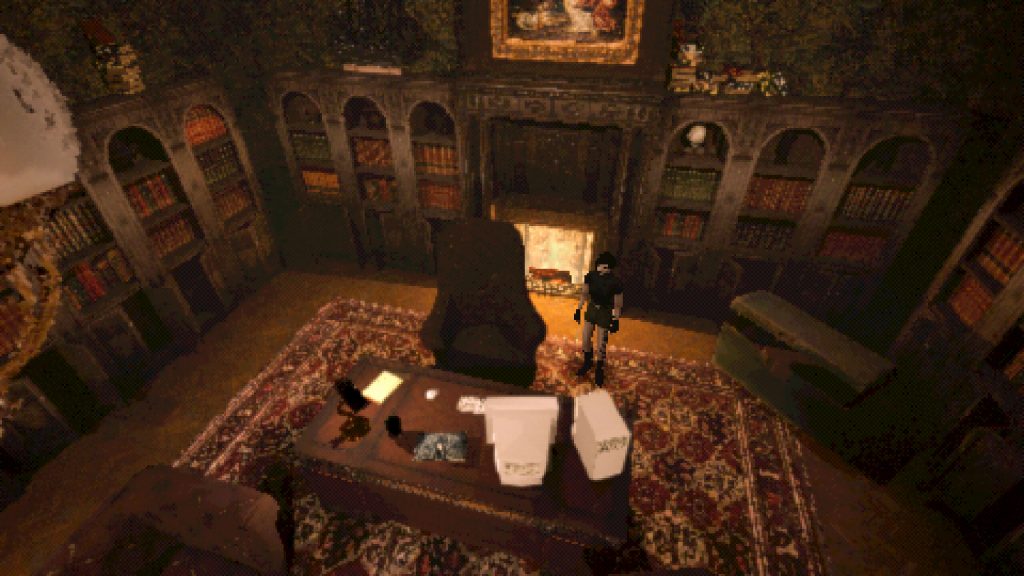
Neither option really impacts the game’s puzzle design. Here, Heartworm would fit right in with the original 1996 Resident Evil or the 1999 Silent Hill. The solutions are never too out of reach, and though some puzzles can feel time-consuming, they become far faster in subsequent playthroughs. Players are rewarded in their second or third playthrough for remembering where an object is or a code that would take additional time to find. Again, it felt like I should have picked up the game knowing these puzzles, their solutions, and their form of atmospheric storytelling, but they belonged to a different timeline.
There is a tension in playing a 1998 horror game that never was but now is.
There is a tension in playing a 1998 horror game that never was but now is. This tension makes Heartworm a wonderful homage to the first Silent Hill and Fatal Frame, with additional Easter eggs nodding at the influence of Rule of Rose, Haunting Grounds, and the Clock Tower series. The game provides a lot for old-school horror fans to look for and discover. In this way, Heartworm reminded me a lot of recent indies Crow Country and Hollowbody. And yet, I constantly felt at a loss. It was as if I had missed out on something — a moment, a hype cycle — and now experienced something akin to that post-FOMO feeling of nostalgia for something else.
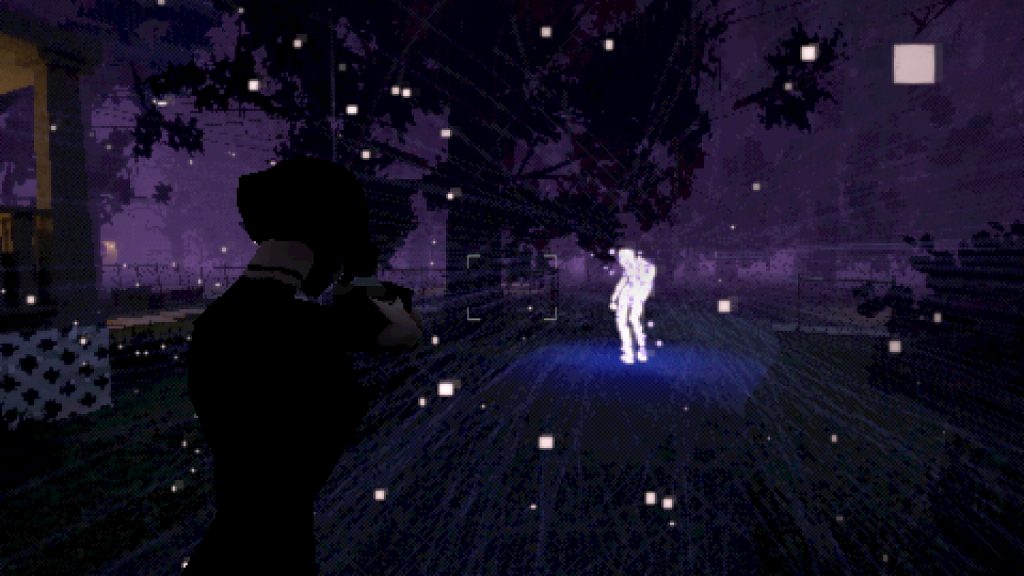
Resident Photos
Heartworm is the rare horror game where the protagonist isn’t a cop or a former special agent. Sam is a person in grief, armed with nothing more than a camera. Guns and melee weapons are absent. At one point, I found a baseball bat; thinking that the game was introducing a new gameplay mechanic, I tried to equip it, only to discover that the bat belonged to a puzzle.
Using Sam’s camera, players instead defend themselves by taking pictures of ghosts, wolves, creatures, and Heartworm’s three magnificently rendered bosses. Throughout the game’s levels, players will find camera mods that change how the camera operates, how it fires, and how much ammo it consumes at one time. These modifications are interesting, but I found myself retreating back to an unmodified version of the camera to ensure I wasn’t wasting ammo film.
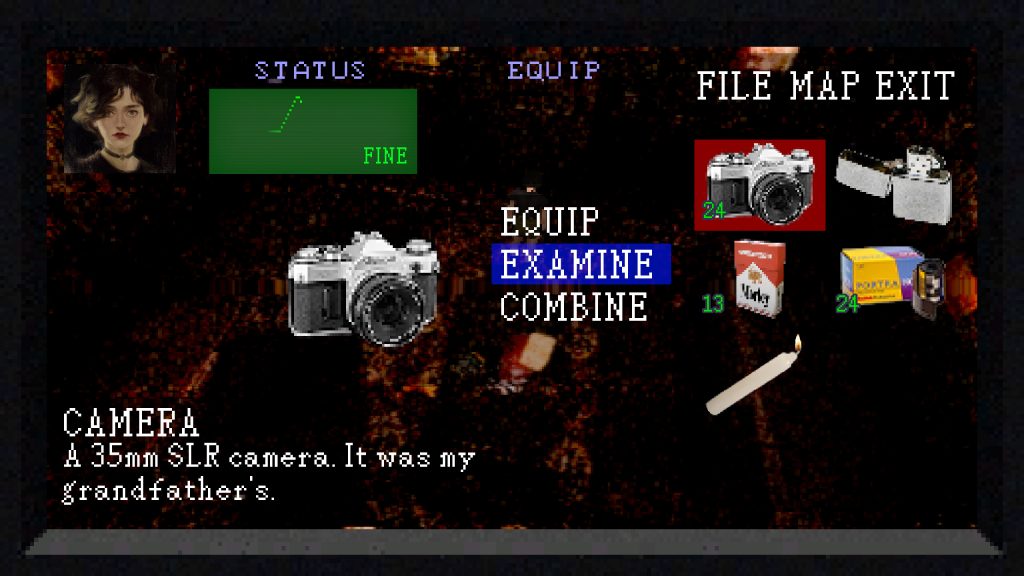
Film is the most precious resource both thematically and mechanically in Heartworm. VHS tapes and Polaroids appear throughout cutscenes and really create that special 1990s feel of the game as a whole. But there is a finite amount of film throughout the game’s levels.
Dear reader, you can run out of film in Heartworm.
I had to restart each of the game’s three boss fights, but not because I died or because I needed to immediately reexperience their introductory cutscenes. I simply ran out of film, and Heartworm wasn’t going to provide any more. The game forced me to reload the previous save — often in the game’s most recent saferoom: a Victorian-style loft complete with a ‘90s desktop used to manage saves; cigarette smoke; an ashtray; chairs that cannot be used; and a chest to store and retrieve items.
I spent an embarrassing amount of time hunting for just enough film to ensure I could defeat the boss and continue forward. It took me back to early PS1 playthroughs of Resident Evil or Eternal Darkness. Like those games, survival in Heartworm doesn’t always depend on skill, but instead on resource management.
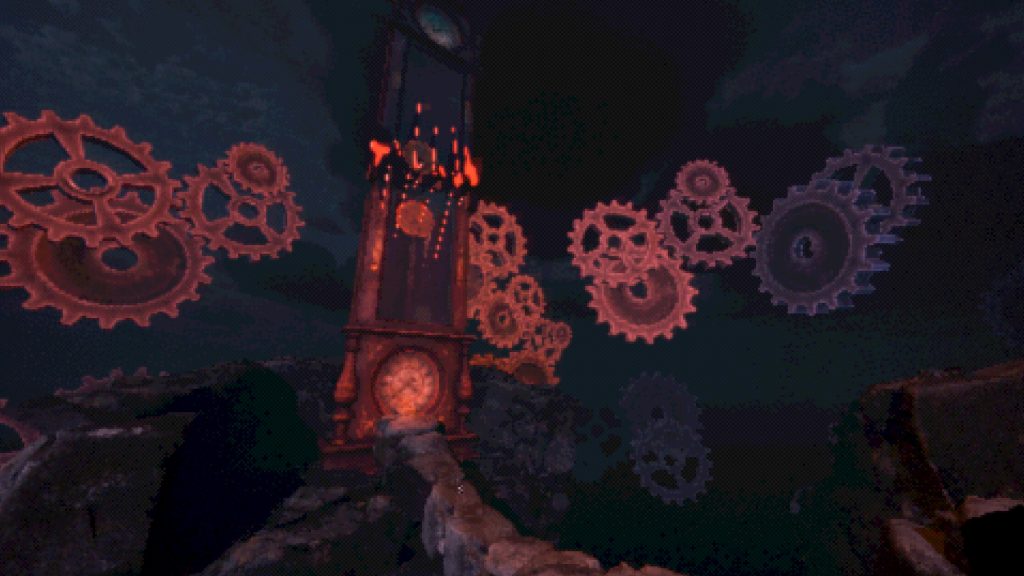
Final Thoughts
Heartworm is a horror treat that always left me wanting just a little bit more. Sam proved to be an interesting character, fleshed out with atmospheric dialogue, journal entries spread across the game’s dreamlike levels, and brief cutscenes that would fit right at home alongside those found in PS1 classics.
Heartworm is a horror treat that always left me wanting just a little bit more.
Heartworm contains three endings, each determined by game decisions you’ll make and secrets you’ll discover. My first playthrough took about six hours as I searched every corner of the world, solved every puzzle, and sought every secret. My second and third playthroughs were far more brief, the latter just barely eclipsing the one-hour mark. Each of the three left me with more questions than comforts.
Vincent Adinolfi has crafted a series of vignettes that not only feed but create the narrative. Their familiarity pulls the player in while keeping us just at an arm’s distance. Sam’s story of grief resonates so well with our current moment, but it doesn’t belong to us. This creates a tension — much like the game’s control and graphic choices — between player and world.
Heartworm is a grief-filled dreamworld. I got lost in its abstraction and, occasionally, my own hope to find solidarity in my own ongoing grief. The game, by design and by homage, kept my interpretations and solidarity at a distance — a gap that, for better or worse, felt as large as the one between 1998 and 2025.
Score: 7.2/10
Heartworm, developed by Vincent Adinolfi and published by DreadXP, releases on July 31, 2025, for PC and Mac (via Steam). MSRP: $14.99 (with a 10% launch discount). Version reviewed: PC.
Disclaimer: A review code was provided by the publisher.
Clint is a writer and educator based out of Columbus, OH. You can often find him writing about Middle English poetry, medieval games, or video games. He just finished a PhD in English at the Ohio State University. You can find his academic and public work at clintmorrisonjr.com.


